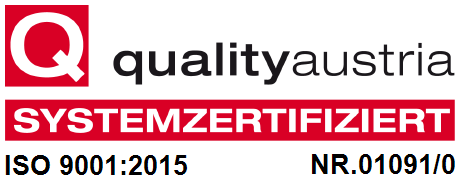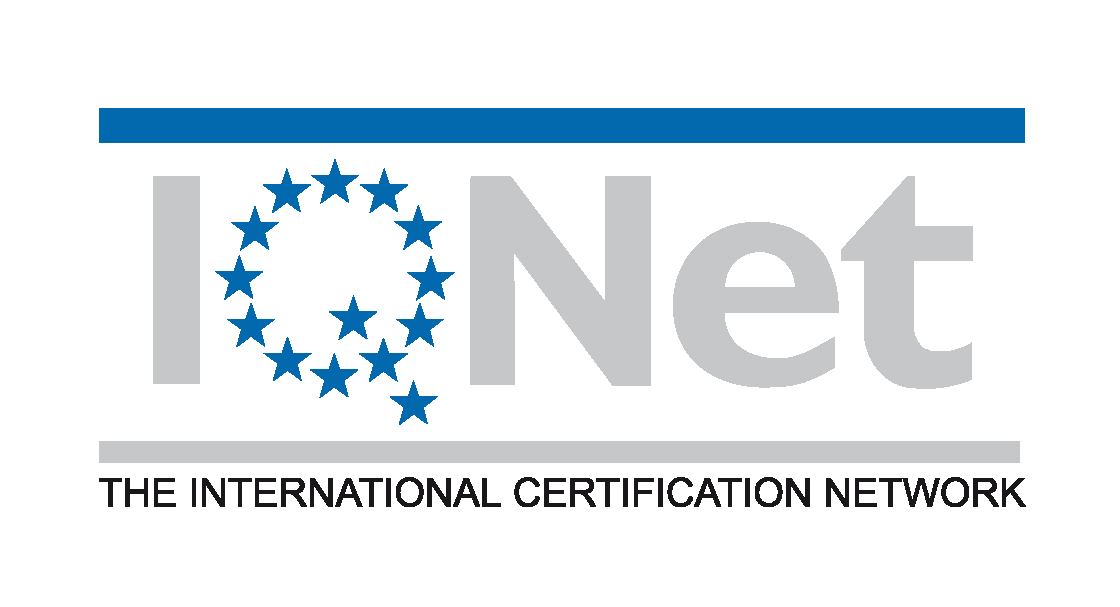Sicherheit
Sicherheit für unsere Patienten
- Sicherheit im Qualitätsmanagement
- Sicherheit bei Gewebe- u. Zelleinlagerung (Kryokonservierung)
- Identifikation und Dokumentation der Patienten
Wir legen besonders großen Wert auf die Sicherheit und Qualität für unsere Paare, und vor allem auf deren Vertrauen in unsere Tätigkeit. Unsere Behandlungen basieren auf der Grundlage von gesetzlich geregelten-, wissenschaftlich abgesicherten- und medizinisch fortschrittlichen Verfahren. Im Mittelpunkt stehen dabei immer das Patientenwohl und die Gesundheit aller Beteiligter.
Unser IVF-Zentrum wird regelmäßig, nach gesetzlich klar vorgegebenen Kriterien wie bei Blut- oder Gewebebanken, behördlich geprüft, und erfüllt damit höchste Qualitätsanforderungen, Hygiene-, Sicherheits- und Dokumentationsstandards.
Zuständig dafür in Österreich ist die Agentur für Gesundheit und Ernährungssicherheit (AGES). Die entsprechende Prüfung erfolgt nach dem Gewebesicherheitsgesetz, der Gewebeentnahmeverordnung und der Gewebebankverordnung. Diesen nationalen Gesetzen ist eine EU-Direktive vorgelagert, welche von den jeweiligen Mitgliedsstaaten legislativ festgeschrieben und damit umgesetzt werden muss.
Mittels Qualitätsmanagement, Schulungsprogrammen und genau auf unsere Prozesse abgestimmten IT-Lösungen, die über viele Jahre hinweg entwickelt und sich erfolgreich etabliert haben, stellen wir sicher, dass alle Verordnungen und Gesetze vom gesamten Team strikt eingehalten werden.
Die gesamte Behandlung, von der Patientenaufnahme bis zur Entlassung, wird digital erfasst. Jeder Schritt wird protokolliert. Dazu gehören alle Details unserer Tätigkeit (Ärzte, Med. Dienst, Labor), genauso wie die Wartung und Kontrolle der Geräte (z.B. Ultraschallgeräte, Inkubatoren), verwendeten Materialien (z.B. Kulturmedien, Schälchen) usw.
Ein Beispiel: Wenn neue Materialien/Produkte im Labor zum Einsatz kommen (z.B. bei Nachbestellungen), dann werden diese beim Wareneingang automatisch zunächst unter "Quarantäne" gestellt. Wir verwenden ausschließlich zertifizierte Medizinprodukte. Anschließend werden diese Materialien zusätzlichen internen Tests unterzogen, damit sichergestellt ist, dass das Produkt (die "Charge") die gesetzlichen Bestimmungen erfüllt, und auch unseren internen, hohen Qualitätsvorgaben entspricht. Erst dann erfolgt die dokumentierte Freigabe und Bereitstellung an den vorgesehenen Stellen.






